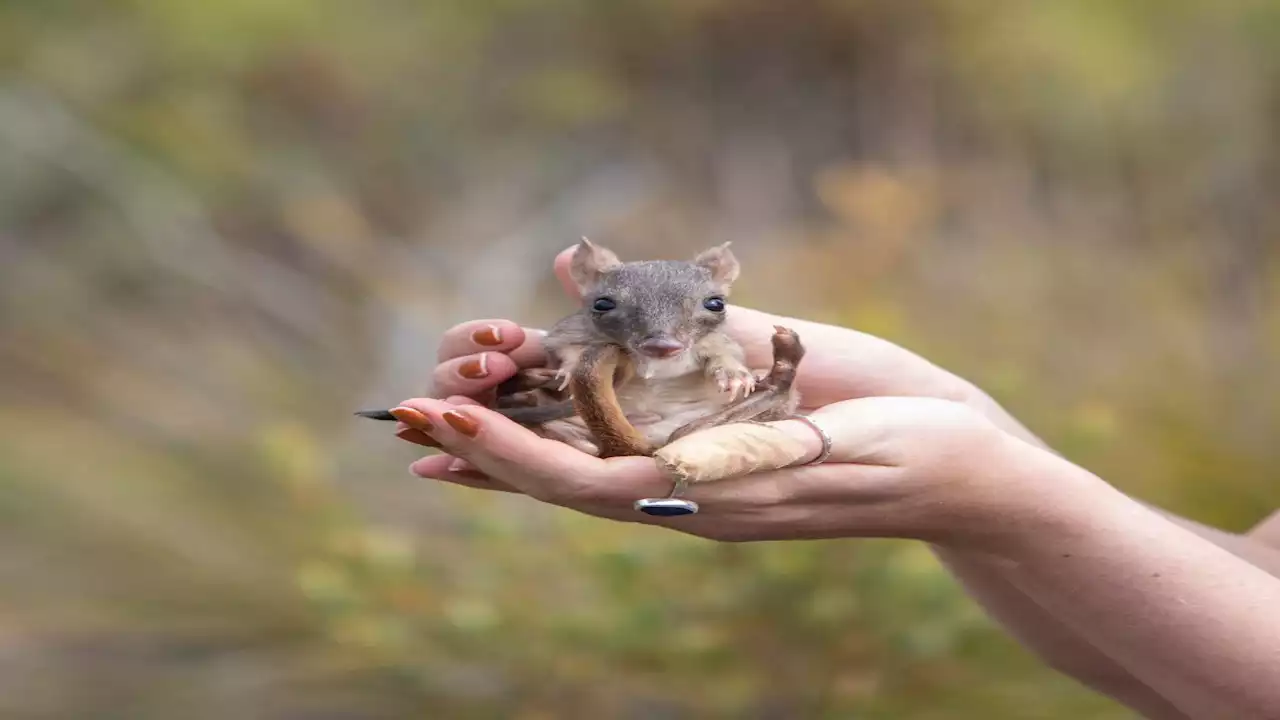Brush-tailed bettongs, adorable marsupials resembling mini kangaroos, are making a comeback in southern Australia after 100 years.
— a mini kangaroo on steroids if you like," Derek Sandow, an ecologist with the Northern and Yorke Landscape Board in South Australia, told the French News Agency . "They've got really powerful hind legs, they carry their young in their pouch, like a kangaroo does, but they're only a kilo and a half ."
Despite their cuteness, brush-tailed bettongs are cruel to their young. If a predator pursues them, a mother carrying a newborn in its pouch will toss it out to divert its attention, sacrificing the joey so she can flee. "It sounds like horrible parenting," Sandow told AFP. Brush-tailed bettongs breed continuously, and females can give birth to three young each year, spending up to 98 days in the pouch. "They can basically have their baby ready to go in their back pocket and then replace it," Sandow said.Since August 2021, Sandow has worked with wildlife experts to tag and restore 120 brush-tailed bettongs to the Yorke Peninsula, close to Adelaide, hoping the population would rebound.
The most recent release was arranged with Noongar and Narungga Traditional Owners, and the newcomers were translocated from neighboring Wedge Island and the Upper Warren region of Western Australia, according toAccording to recent monitoring, the small, fluffy critters are thriving on the peninsula. When the researchers captured 85 brush-tailed bettongs, they discovered that 40 percent lacked tags, indicating that they were born after the reintroduction.
To keep track of brush-tailed bettongs, the researchers have an unexpected trick up their sleeve. "Most native fauna — and the yalgi is no different — are a sucker for peanut butter," Sandow told ABC Radio Adelaide. "When we're actually trying to trap these animals to do health checks or do population sampling, peanut butter is our secret weapon."
United States Latest News, United States Headlines
Similar News:You can also read news stories similar to this one that we have collected from other news sources.
 Andean long-tailed chinchillas are mysteriously thriving on Chile's coastWhether a new subspecies, a species, or just a new population, these coastal chinchillas act in ways scientists have never seen before.
Andean long-tailed chinchillas are mysteriously thriving on Chile's coastWhether a new subspecies, a species, or just a new population, these coastal chinchillas act in ways scientists have never seen before.
Read more »
 Viral TikTok Shows San Diego Woman Rescuing Red-Tailed HawkA TikTok video posted by a San Diego woman has gone viral, generating more than 20 million views. In the video, Amber Smet is recording herself as she rescues what wildlife experts identified as a juvenile red-tailed hawk.
Viral TikTok Shows San Diego Woman Rescuing Red-Tailed HawkA TikTok video posted by a San Diego woman has gone viral, generating more than 20 million views. In the video, Amber Smet is recording herself as she rescues what wildlife experts identified as a juvenile red-tailed hawk.
Read more »
